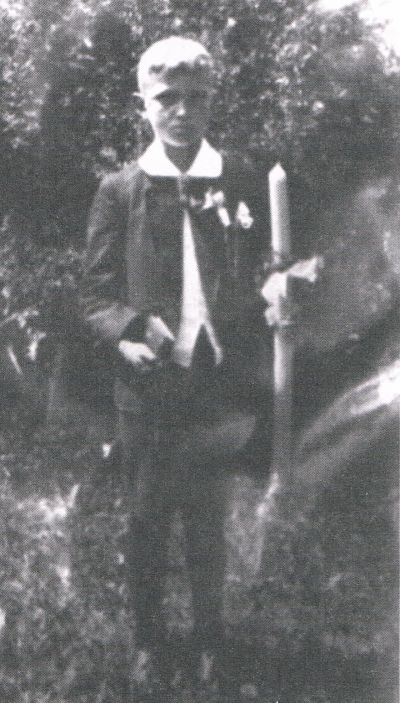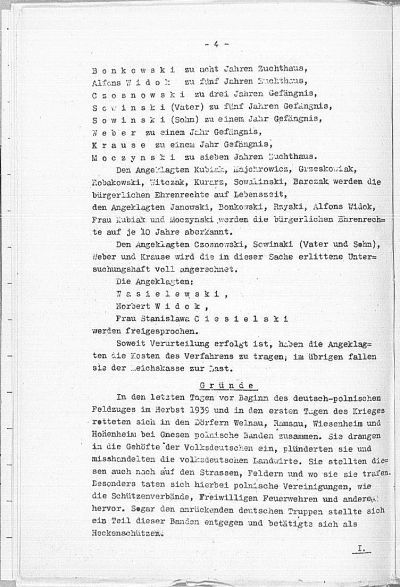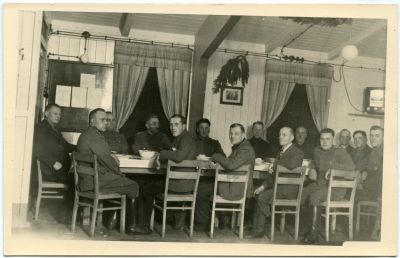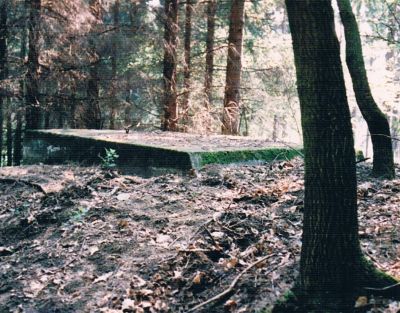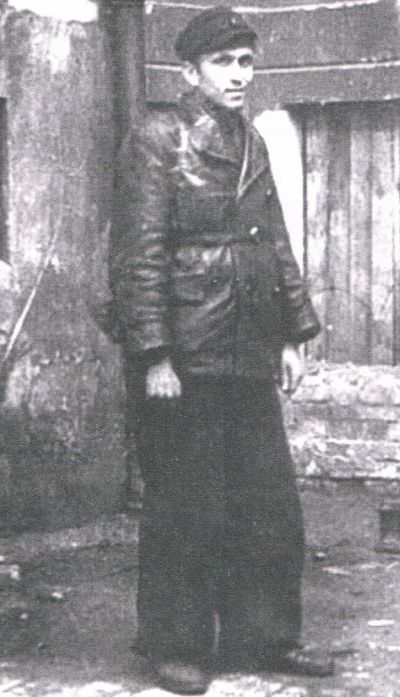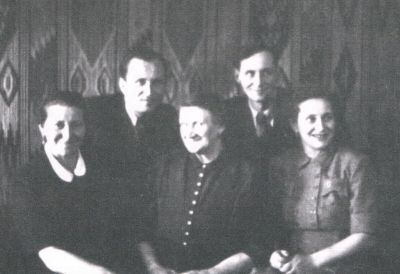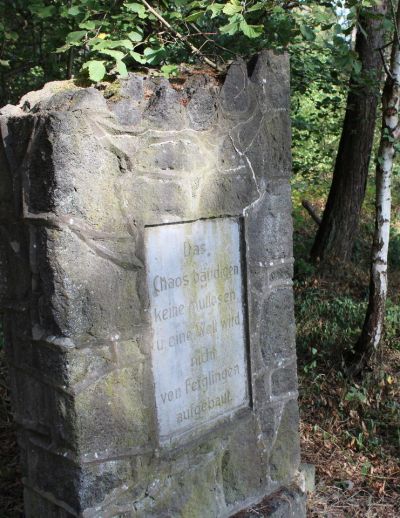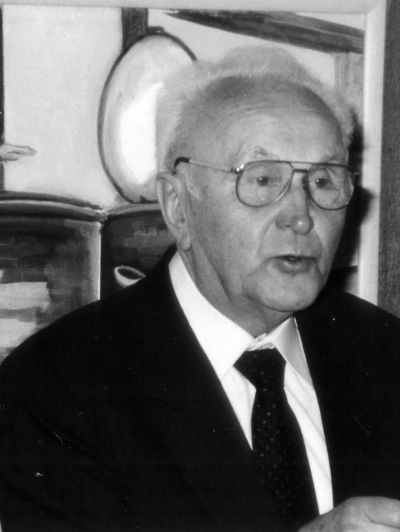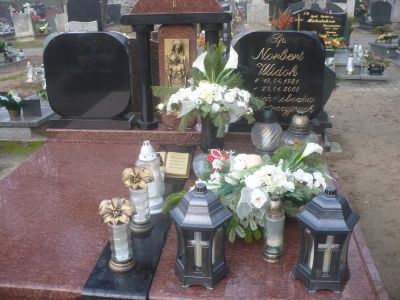Polish forced labourers on the “Reichsautobahn” in the Rhine region. The ordeal faced by Norbert Widok.
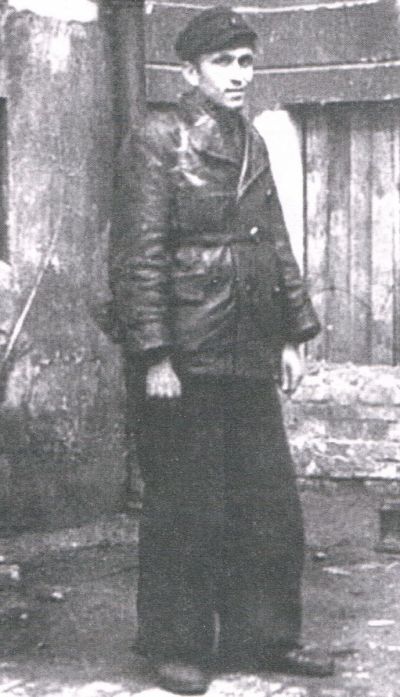
Information on the Bassenheim camp
The Bassenheim “Reichsautobahn Camp” was set up at the beginning of 1939 for German conscripts. The camp was given its name “Eiserne Hand” by the restaurant of the same name, which was about three kilometres away from Bassenheim (in the direction of Wolken) and 50 metres from the motorway route. The forced labour camp was barely 500 metres away from the “Eisernen Hand” in Golobüsch woodland. The site, which was about half a hectare in area, was leased to the Autobahn authority by the von Waldhausen family. The camp consisted of four living barracks, a washing barracks and a toilet block. From 15 September 1940 to 14 October 1941, the camp functioned as a “external workplace” of the prison in Koblenz. The guards consisted of a head guard named Birkenbeul, four Oberwachtmeister and ten assistant overseers. They were armed with carbines and used dogs against the prisoners. Konrad Krüger from the Autobahn authorities was deployed as camp commander. The prisoners had to work for the Wassermann company.
The disbanding of the camp came about when the construction works on this section of the route were halted. The majority of the Polish prisoners, which presumably also included Norbert Widok, was moved to the Uersfeld camp near Kaisersesch because work on the Autobahn was continuing here. 13 Polish forced labourers managed to escape from there. Each day, the prisoners were taken by train to the Autobahn construction site and some of them were able to escape from the guards.
How Norbert Widok’s life continued
Once construction work on the “Reichsautobahn” had been halted at the start of 1942, the Germans forced Norbert Widok to work in Siegburg in a factory producing synthetic wool. The 150 forced labourers had to live in barracks near the company. The working conditions were extremely dangerous because the chemicals used caused brain damage. This resulted in mass illness, as Norbert Widok wrote in his memoirs. For this reason, in March 1943 he decided to try to escape with his friend (video in the media library). With the help of Polish forced labourers, they were able to get their hands on civilian clothes. They escaped from the factory through the drains. Their escape attempt was successful and they travelled via Jena to Żmigród. But they were arrested there and taken to the Gestapo in Wrocław. On 1 October 1943, the Germans handed Norbert Widok to the Groß-Rosen concentration camp where he remained until the camp was evacuated. He was initially put to work on the construction of the road, and later in the “stockroom”. Norbert Widok was a victim of the medical experiments carried out by Entress, the camp doctor. Of the 14 prisoners affected, only two survived. From 15 February 1945, Norbert Widok was a prisoner in the Flossenbürg concentration camp, Leitmeritz command. The Germans made him work as an interpreter in the “Dachdecker command”. On 11 April, Norbert Widok was able to escape from the camp and hid in the Czech Republic. Following liberation, he travelled through Hungary in a collective transport to return to his homeland.
After the war, Norbert Widok moved to Wyganów (now Ostroszowice), where he was the manager of a furniture factory. In November 1946, he married Krystyna Adamkiewicz, with whom he had five children. Their first child died at the age of 6 months. From 1965, he lived with his family in Wągrowiec and from 1988 in Wry near Poznań.
In 2001, as a 79-year-old man, he visited “Eiserne Hand” near Bassenheim again for the first time. Where the former camp had been, he found a stone with the inscription: “Chaos is not tamed by the fainthearted and a world is not built by cowards”. Research by the Bassenheim local history society revealed that this stone was presumably part of the entrance to the camp and that the text can be attributed to Alfred Rosenberg. Born in Reval, he progressed to become one of Hitler’s leading ideologists, wrote racial ideological texts and was responsible for raids throughout Europe to steal cultural artefacts. In July 1941, he became Reich Minister for the occupied Eastern territories. Just like the cynical slogan “Arbeit macht frei” (“Work makes (you) free”) at the Auschwitz extermination camp, the slogan in Bassenheim taunted the Autobahn workers. And so we now read it on a memorial plaque which the association erected in the wood a few years ago. Norbert Widok died on 29 January 2008.
Wolfgang Schmitt-Kölzer, November 2022
I would like to thank Adam Widok (Norbert Widok’s son), Joachim Hennig (Koblenz Memorial), Renata Paluch (Groß-Rosen Museum), Wolfgang Reinicke (The House of Bavarian History, Regensburg Museum) and Cord M. Sander (Bassenheim) for their help and support.
Norbert Widok describes his escape from Siegburg. Video: The House of Bavarian History, Regensburg Museum:
https://www.hdbg.eu/zeitzeugen/detail/kz-flossenbuerg/norbert-widok/285
